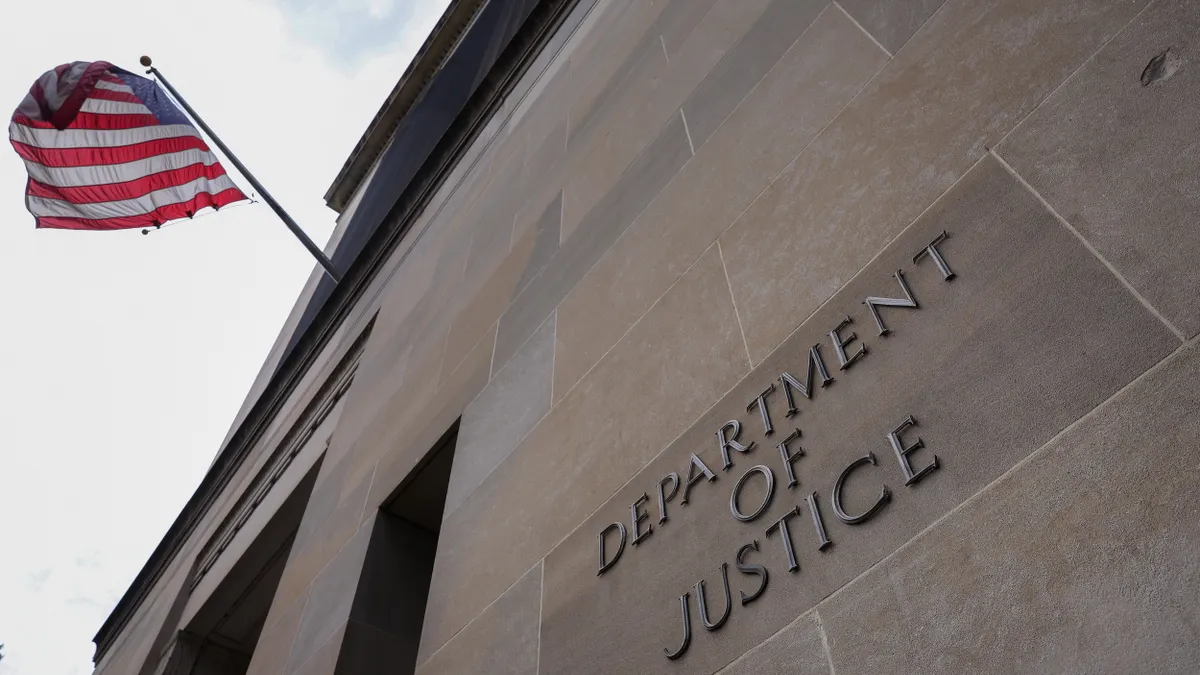The federal National Science Foundation (NSF) first began funding research around smart cities more than a decade ago, and last year united that research under its Smart and Connected Communities program.
The program, which takes into account the fact that communities "are entering a new era of transformation in which residents and their surrounding environments are increasingly connected through rapidly-changing intelligent technologies," funds research through grants on ways to "bring about new levels of economic opportunity and growth, safety and security, health and wellness, and overall quality of life."
In a keynote address at the Smart Cities Connect conference last week in Kansas City, MO, Jim Kurose, assistant director for the NSF’s Directorate of Computer and Information Science and Engineering (CISE), discussed the agency’s work in funding smart city research and the interactions between the public and private sector.
Smart Cities Dive then caught up with Kurose to discuss NSF being "ahead of the curve," the role of the business community in innovation, and how education can help ensure people benefit equally.
This interview has been edited for length and clarity.
SMART CITIES DIVE: The NSF has been funding smart city research for a decade or more. Traditionally, government is not that forward looking. What was it that made NSF realize this is something it wanted to get ahead on?
JIM KUROSE: I want people to realize that we’ve been ahead of the curve. The cyber physical systems program inside CISE dates back to 2008. We had a couple of very visionary program directors, both of whom saw at the time that the integration of computing into devices in the physical environment was going to be very important.
You could sort of see that at the time, and there were a lot of challenges there both in terms of the applications but in terms of wanting to make sure that the devices were resilient, that cybersecurity concerns with those types of devices were taken care of. The notion of embedding computers into the physical environment traces its roots to then. We’re really proud to have invested in that.
NSF is a very bottom-up agency in the sense that we have close ties with the research community. About half of the program directors inside the CISE directorate come from industry. We have people who come from the community, and when we want to do things we run workshops and see whether the community feels this is an important area, if there are fundamental research problems to address.
So there wasn't any kind of pushback or reluctance?
KUROSE: I think if you think about areas like avionics and cars braking systems, more and more computing was beginning to be integrated into those. I think 2007 is when the iPhone came out. I don’t think anybody in 2007 envisioned how central a phone would become, but there were already inklings about other computing devices embedded in the environment. And this notion of computing embedded all around us in the environment: homes with sensors and things like that, I think forward-looking researchers had an inkling about that.
The Smart and Connected Communities program the NSF launched last year. What does that look like day-to-day?
KUROSE: We invest approximately $20 million a year; we invested $20 million in 2017. That was the first time the specifically named program came into being. Before that, there were these allied areas: cyber physical systems, what we do in secure and trustworthy cyberspace.
Some of the investments we’d been making in AI and computer systems and networking all feed into smart and connected communities, but we felt that the time was ripe in 2017 to bring together those technologies and also to look to the community, not just the research community but to towns and cities and pull together those technologies for use-inspired research for smart and connected communities.
That may range anywhere from agricultural and rural and suburban applications to the sonic example of sound and noise pollution. It really runs the gamut. But I think the key thing about the smart and connected communities was really bringing in the local community and looking for use-inspired research derived from real challenges in community settings.
What role can the business community play in this, especially in terms of public-private partnerships (P3s)? How do you see that relationship evolving?
KUROSE: To me, the interaction between what happens in academia, which is funded by federal research dollars, and what happens in industry, especially in the IT sector, is an amazing story and is something that is uniquely American. I’ve been involved in research projects in other parts of the world, and really what we do in this country is unique.
The notion of ideas and artifacts and people, software, hardware, built things flowing back and forth between academia and industry and getting amplified each time is amazing. Other countries really want to replicate that, I think it’s something really special here.
How do you ensure equity, and make sure there are citizens who don’t feel they've been left behind by all this innovation?
KUROSE: Let me first say a couple of words about education, then we can come back. There’s a program called Computer Science For All. The "For All" is what I like to always emphasize. This is a program in developing K-12 rigorous computer science, in addition to a programming course one might take. You could take a programming course, or we developed a curriculum called Computer Science Principles, which is about the creative use of computing in a lot of different disciplines.
One of the things when we did that was really to focus on equity of access. It’s actually offered as an Advanced Placement exam, and if you look at the diversity statistics of students who have taken that course versus the traditional computer science A exam which is still offered, when the College Board introduced that new course last year, 55,000 students took it, the largest launch ever in the history of the College Board. Twice the number of women took those combined courses, twice the number of African-American and Latino students. We made a real effort to reach out. Equity and access were really first and foremost.
It's interesting to me to hear about “smart cities,” as there’s smart cities and smart communities. I think the more encompassing view of smart communities, because not everybody lives in a city, we really need to think about rural communities, border communities as well as cities, then there’s equity in access issues in all those. I think the fact that we focus on communities rather than just cities tries to make equity access fairness, if you will, part of what we do.




















